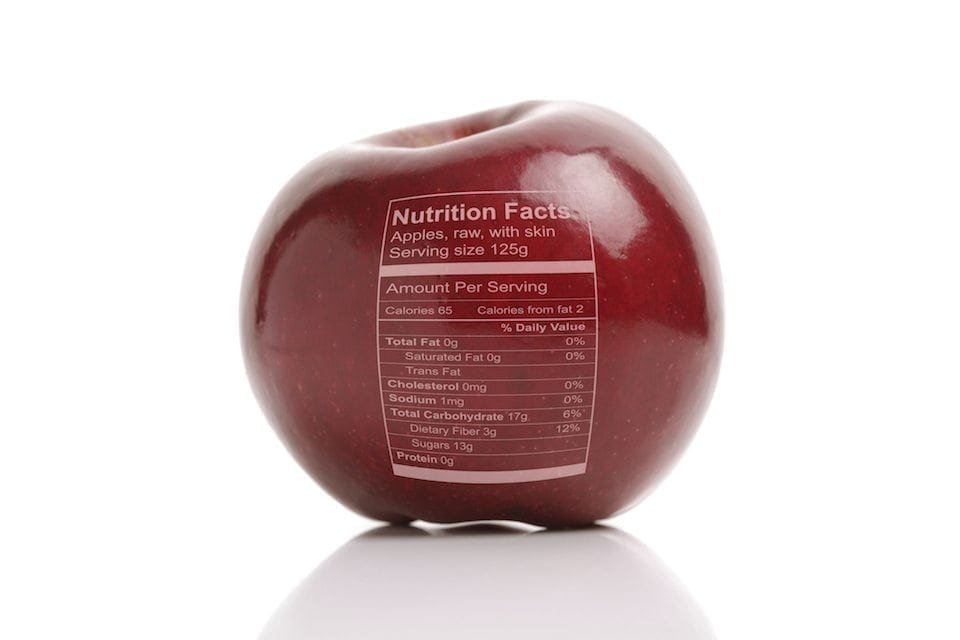You’ve seen “low-fat” labels all over everything from dairy products to snack foods, but what do they mean? And are they really considered “healthy” anymore?
Stores are meant to sell you goods, and the best way to do that is to market, market, market. Tacking “low” onto pretty much anything makes an item seem more appealing, no matter what follows—low-sodium, low-cholesterol, low-calorie, etc. And since we associate fat with weight, anything that’s low-fat sounds like a winner to us. But we need to put these brain associations into perspective. Here are 5 things to know about low-fat foods.
1. There’s good fat, and there’s bad fat Let’s talk fat basics—because you do need fat in your diet. The monounsaturated and polyunsaturated fats found in oils, nuts, seeds and fatty fish are the gold standard. “These heart-healthy fats and have been shown to improve cholesterol levels, and decrease risk of developing cardiovascular disease and diabetes,” says registered dietitian Barbara Linhardt, M.S., R.D.
Then, there’s saturated fat and trans fat, found in animal fats and processed foods, which are the basically the enemy. “We now know that trans fat intake is associated with high cholesterol and an increased risk of developing cardiovascular disease,” Linhardt says. “As a result, many states have banned adding trans fats to food items and the FDA is moving to ban trans fats from our grocery stores and restaurants entirely.”
The takeaway: unsaturated fats are good, saturated and trans fats are not.
2. Yes, fat can be linked to weight gain If you’re completely ignoring the pros about fats, it’s probably because you associate fat intake with weight gain. There’s a good reason for that: “Compared to carbohydrates and protein, which clock in at 4 calories per gram, fat is high in calories at 9 calories per gram,” Linhardt says. “If we eat a lot of high fat items, we are going to take in a lot of calories, which will lead to excess weight gain.”
The takeaway: be aware of fatty foods. You can’t just sit down and pop almonds into your mouth all night long, even though they contain good fat and are technically good for you.
3. If the label says “low-fat,” it’s probably processed There are tons of good-for-you low-fat foods, including fruits, veggies and whole grains—all of which are all naturally low in fat and calories, and high in vitamins, minerals, and fiber. “These are all great things to keep our immune system, digestive system, and entire body going strong,” says Linhardt. That said, any food that has a label touting “low-fat,” more often than not, is going to be a processed food.
“When processed foods are low-fat, they are often high in sodium or sugar,” Linhardt says. “High-sodium diets can increase your risk of high blood pressure, and too much sugar can lead to weight gain and other health problems, like diabetes.” So that bag of low-fat chips? Not exactly a health food.
The takeaway: A low-fat food that comes in a box, can, or bottle is a red flag. Always read the nutrition label to avoid digging into high-sodium, high-sugar foods.
4. You need to watch serving sizes You might want to beware of such “healthy” low-fat foods for another reason, too. There’s a little psychological phenomenon known as the SnackWells effect, which is the idea that you might go overboard when a food item is seemingly better for you. An example would be noshing on, say, four low-cal, low-fat SnackWells cookies instead of just one homemade chocolate chunk. Because… it’s “healthy.” (Not so much.)
The takeaway: If a box of low-fat crackers has a serving size of 10, and you think you could easily munch on 30 in one sitting, it’s best to stop before you start.
5. It’s best to stick with naturally, low-fat foods Above all else: opt for whole foods like fruits, vegetables, and grains over processed foods (on which you’ll find those “low-fat” labels). While they may be OK in moderation, eating all low-fat canned, bottled, and boxed products does not a healthy diet make. “Foods that are rich in protein and fiber are great at helping stay on track with your daily calorie goals, while keeping you feeling satiated and regular,” says Linhardt. “They may not come with labels, but when you pick up an avocado or sweet potato, you’re making a positive choice. Yes, avocados are high in fat and sweet potatoes are high in carbs, but the amazing thing is they are both healthy.”
The takeaway: With whole foods, you don’t have to worry about reading a label to know you’ve made a healthy choice.
How do you feel about low-fat foods? Share your thoughts in the comments below!




